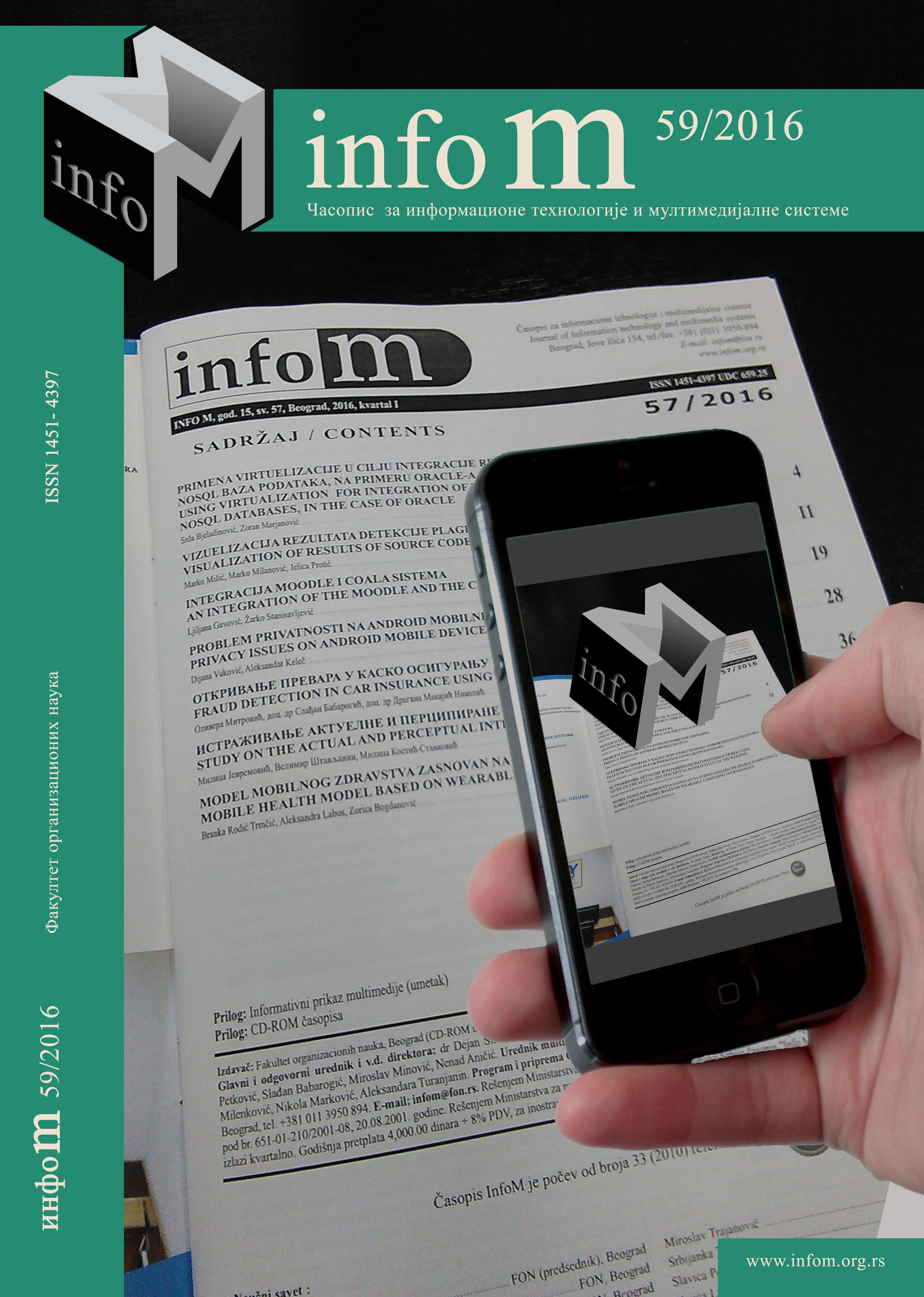GENERAL CONCEPT OF THE PLATFORM INDEPENDENCY MODEL
Keywords:
Platform independency, General Concept of the Independency (GCoI) model, mechanisms for achieving platform independence, software engineering, Platform independent software architecture


